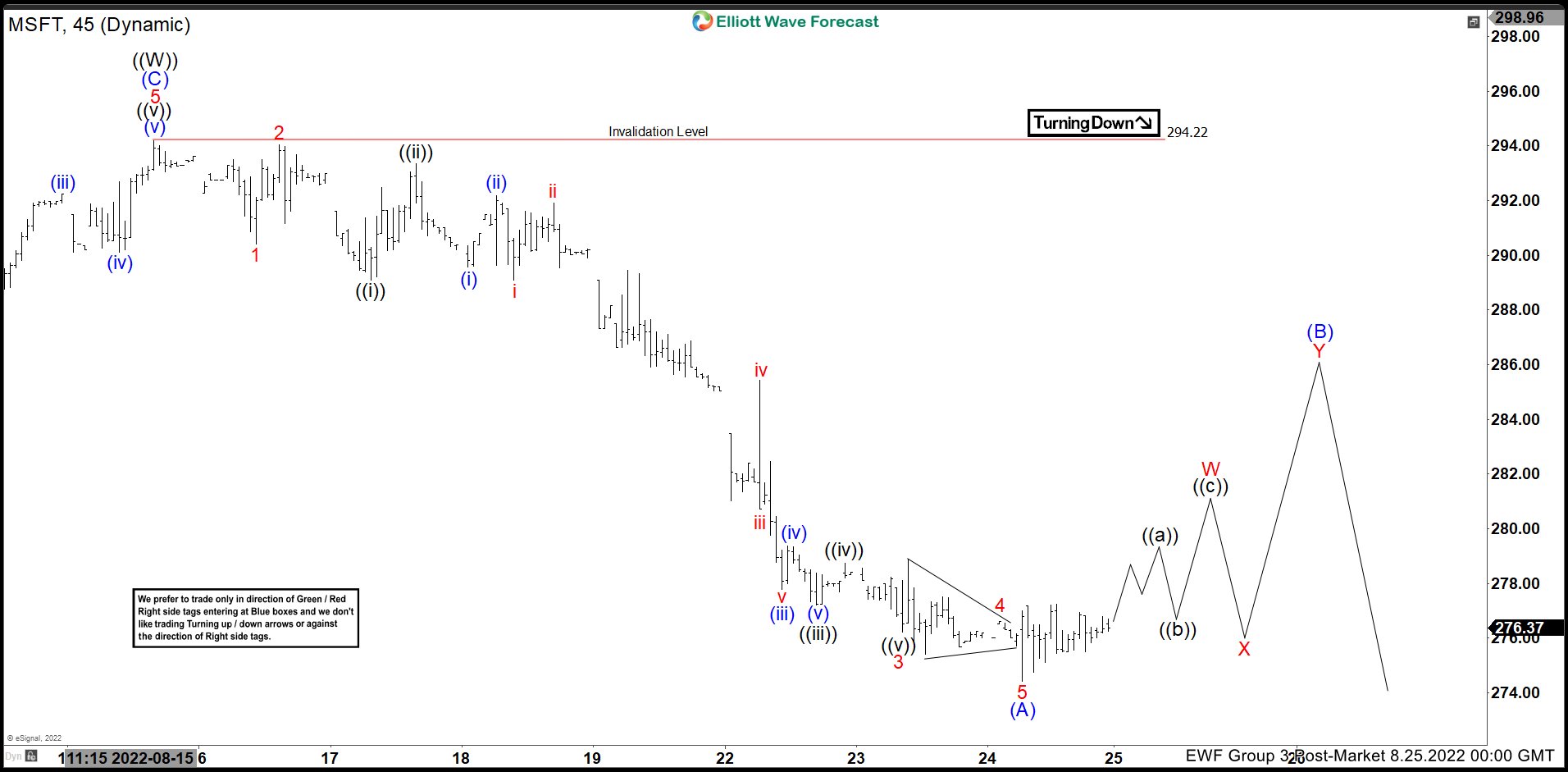

At a minute and a half, everyone in the room got up and went outside. Goldfinger, who is tall and solidly built, thought, No way am I crouching under one of those for cover. The seats in the conference room were small plastic desks with wheels. Then it ticked past the sixty-second mark, making it longer than the others that week. The earthquake was not particularly strong. The speaker at the lectern was wondering if he should carry on with his talk.

The conference was wrapping up for the day. When Goldfinger looked at his watch, it was quarter to three. By four minutes, an earthquake has hit magnitude 9.0. A minute-long quake is in the high sevens, a two-minute quake has entered the eights, and a three-minute quake is in the high eights. A thirty-second earthquake generally has a magnitude in the mid-sevens. The 1989 earthquake in Loma Prieta, California, which killed sixty-three people and caused six billion dollars’ worth of damage, lasted about fifteen seconds and had a magnitude of 6.9. Seismologists know that how long an earthquake lasts is a decent proxy for its magnitude. Then everyone in the room checked the time. Earthquakes are common in Japan-that one was the third of the week-and the participants were, after all, at a seismology conference. As the shaking started, everyone in the room began to laugh. When the 2011 earthquake and tsunami struck Tohoku, Japan, Chris Goldfinger was two hundred miles away, in the city of Kashiwa, at an international meeting on seismology. This content can also be viewed on the site it originates from.


 0 kommentar(er)
0 kommentar(er)
